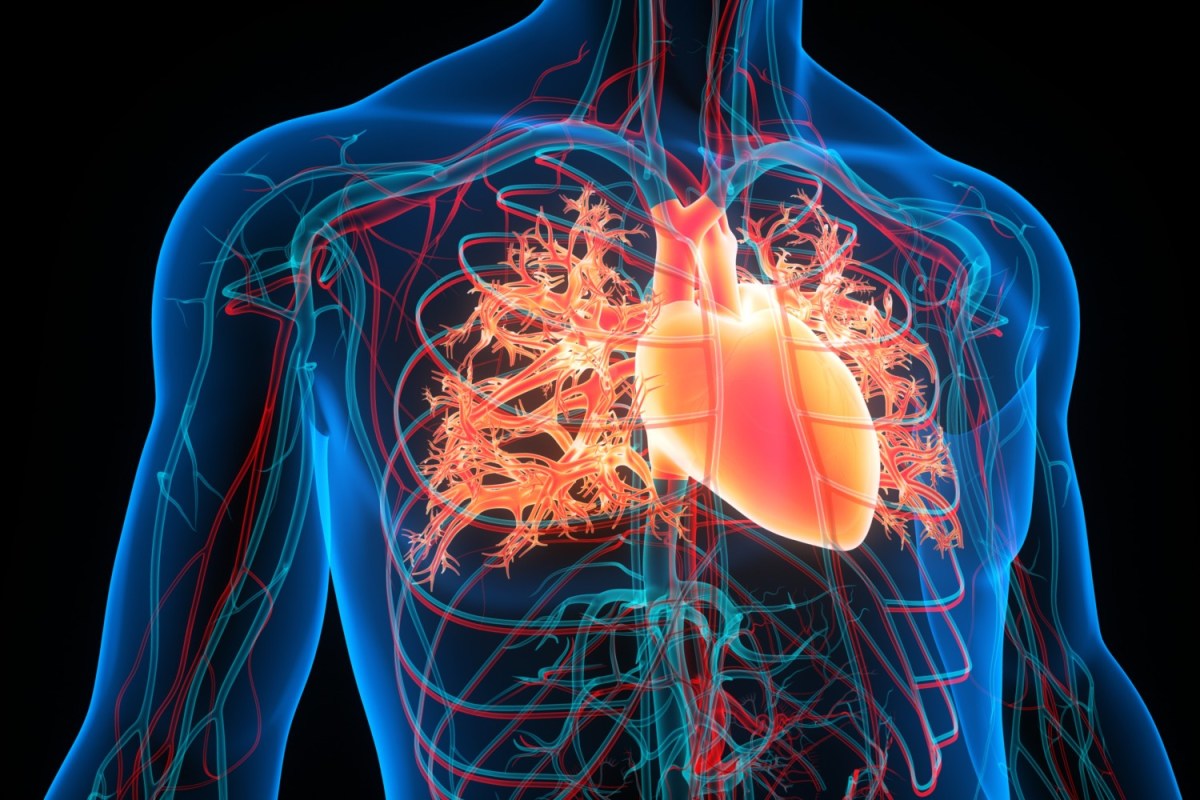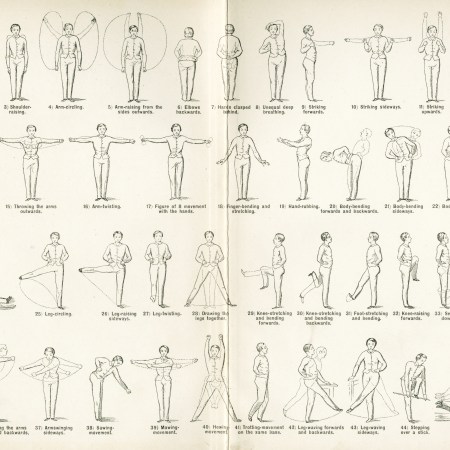What happens when you connect the circulatory systems of two mice? Turns out, if one is old and one is young, the elder of the two ends up seeing anti-aging benefits for the duration of the time the two are connected. That’s the big takeaway from a study published in Nature Aging earlier this week. And it leaves two big questions: Does this also apply to humans? And if so, can it be translated into something that doesn’t involve, you know, linking up the veins in two separate bodies?
At issue is a process known as heterochronic parabiosis, and if you’ve ever read about startups injecting people over a certain age with the blood of people under a certain age, you understand the system at work. The findings of this study, then, point to a slightly different line of study.
“This is the first evidence that the process, called heterochronic parabiosis, can slow the pace of aging, which is coupled with the extension in lifespan and health,” said Duke University’s James White, one of the study’s authors, in a statement.
The next steps involve determining what compounds in the blood are responsible for the rejuvenating effects — and what the ideal timeframe for treatment could be. “Our thought was, if we see these anti-aging effects in three weeks of parabiosis, what happens if you bring that out to 12 weeks?” said White.
Is Semen Actually Anti-Aging?
Rumor has it semen has anti-aging properties. We asked some dermatologists if there’s any truth to it.The study’s results included that the older mice showed the effects of being connected to the younger mice even after the two were separated. The authors also point to the “lasting epigenetic and transcriptome remodeling, culminating in the extension of life span and health span.” If this can be replicated in humans, it could be a big step forward for increasing lifespans — and better understanding how we age.
The Charge will help you move better, think clearer and stay in the game longer. Subscribe to our wellness newsletter today.


















